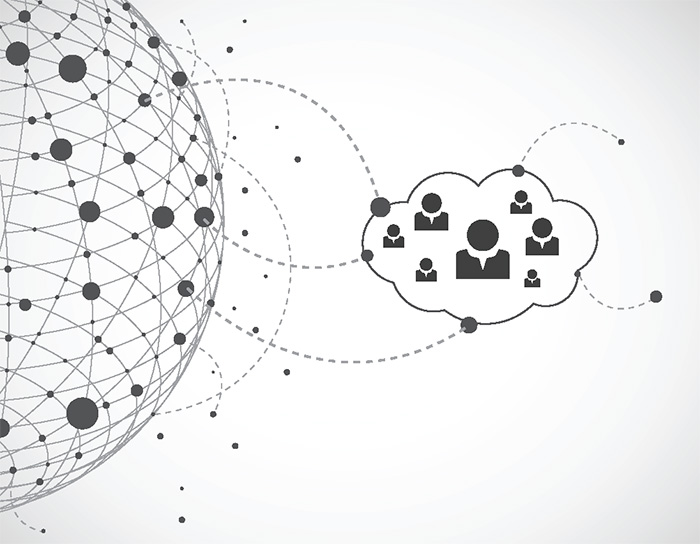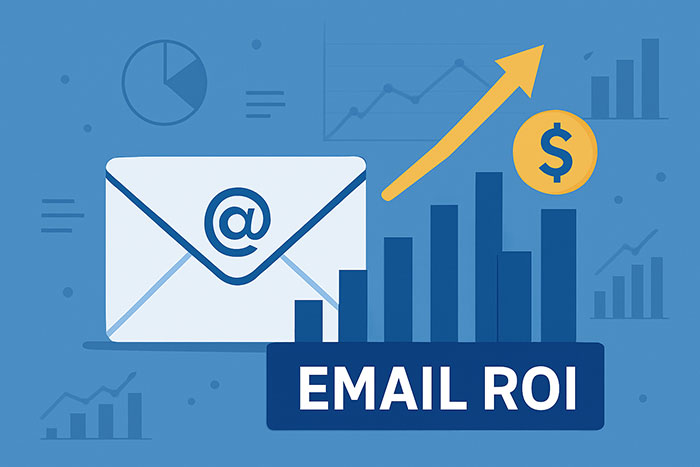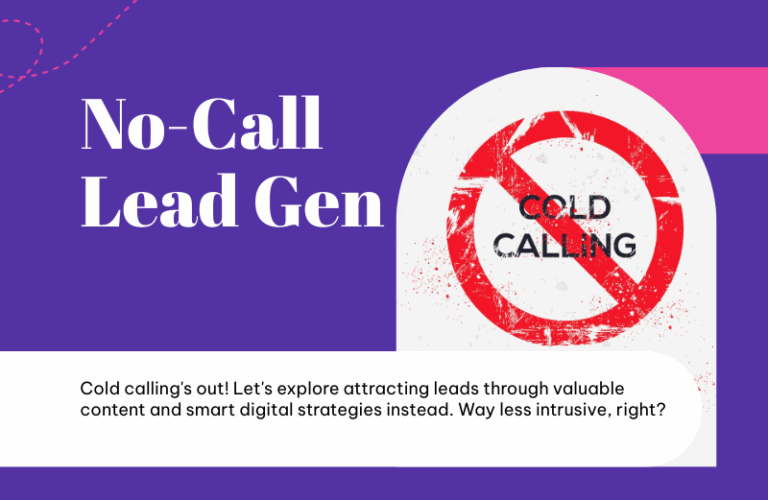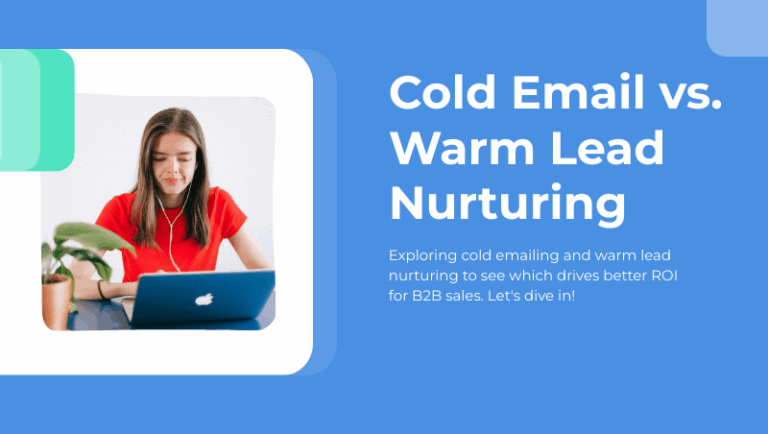
How does the biggest and most revolutionary change in marketing help you do better at the most personal level of service? It might seem like a paradox at first glance, but the big implications of database marketing have a major impact at the cellular level of marketing: individual customer interactions. Big data applications built into marketing automation and database marketing technology let you redefine segmentation, customization, and personalization to make one-on-one conversations scalable.
Segmentation and Simplification
Segmentation to understand a market better isn’t a new concept; businesses have used such data for years to understand their market’s needs. For example, a healthcare provider might find that patients in a ZIP code that has a more mature population have different priorities than those in another region that contains many young families. Based on that knowledge, the organization can make informed choices about where to build their pediatric wellness center and where to invest in a new orthopedic clinic.
Each marketing lead has unique needs and preferences, but by looking at leads in an aggregate view, your marketing database manager can see where many of those preferences overlap to allow for more precisely targeted – and therefore more relevant – content. A relational database is more than just a storage silo for information; it can use the information contained in it to draw parallels and simplify segmentation, allowing you to serve your customers’ needs more effectively.
Customer Retention and a Welcome Back
A certain amount of customer attrition is inevitable as your clients’ needs change. They may move out of the region, change their organization’s direction, or meet their needs in-house. Other customers are lost to factors you can control, though, and you don’t know which is which without sufficient data. Until you know why customers leave, you can’t help them stay.
Quantitative data analysis is your first step toward determining the causes of customer attrition. Sales figures, behavioral data, and change of address information can all tell the stories your customers may not have told you. Analyzing unsubscribes, opt-outs, and opt-downs will also give you a detailed look at what your customers want. When you know more about your departing customers, you also learn about those who stay and how to retain them. Some of those who leave may even return, and the data can show you that too, directing your re-engagement efforts toward the former customers who are most likely to become active again.
Some customers don’t leave because they intend to, but because a data connection is severed. They change company email addresses and don’t notify you, for example, or move to a new postal address. Data enhancement services keep your database fully functional and filled with new information by connecting it to master databases such as the U.S. Post Office’s National Change of Address program. Database services that verify information ensure you don’t lose customers to avoidable communication gaps.
Meeting Customers Where They Need You
The marketing funnel is a fundamental model of how marketing works, but it doesn’t tell the whole story. Time is also a critical factor for businesses and their customers. In B2B sales cycles, customers typically take a much longer time to reach buying decisions than their B2C counterparts. With months of decision-making ahead of them, how do new leads get what they need when they need it? Good database management can help you find the answers and meet leads where they want you to be. You get to accompany them on the buying journey, providing useful content as a guide and offering precisely the right amount of support along the way.
The better you know your customers as a whole through segmentation and data science, the better you’re able to meet their needs on an individual level.
© Reach Marketing LLC 2016 All Rights Reserved.



